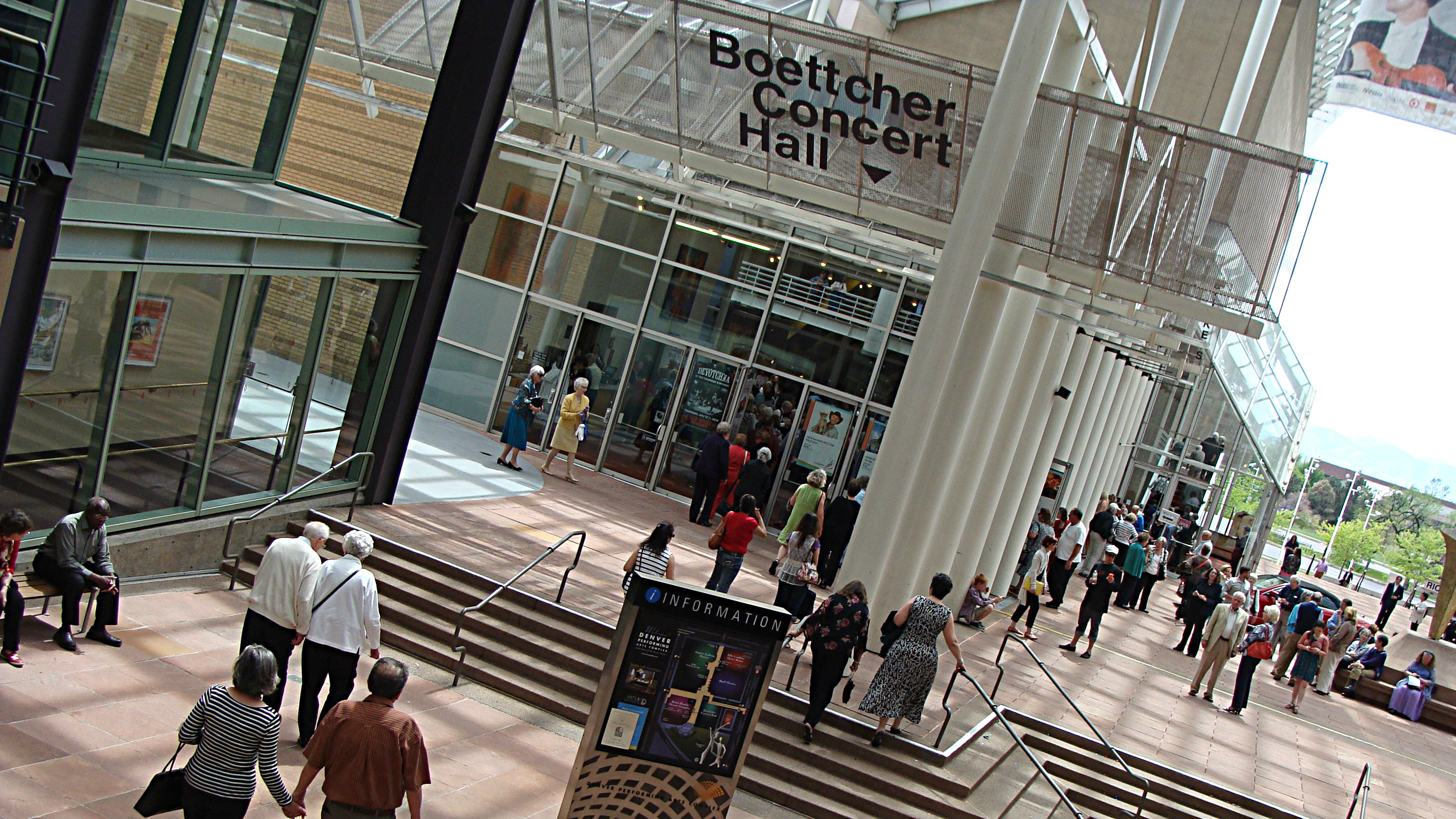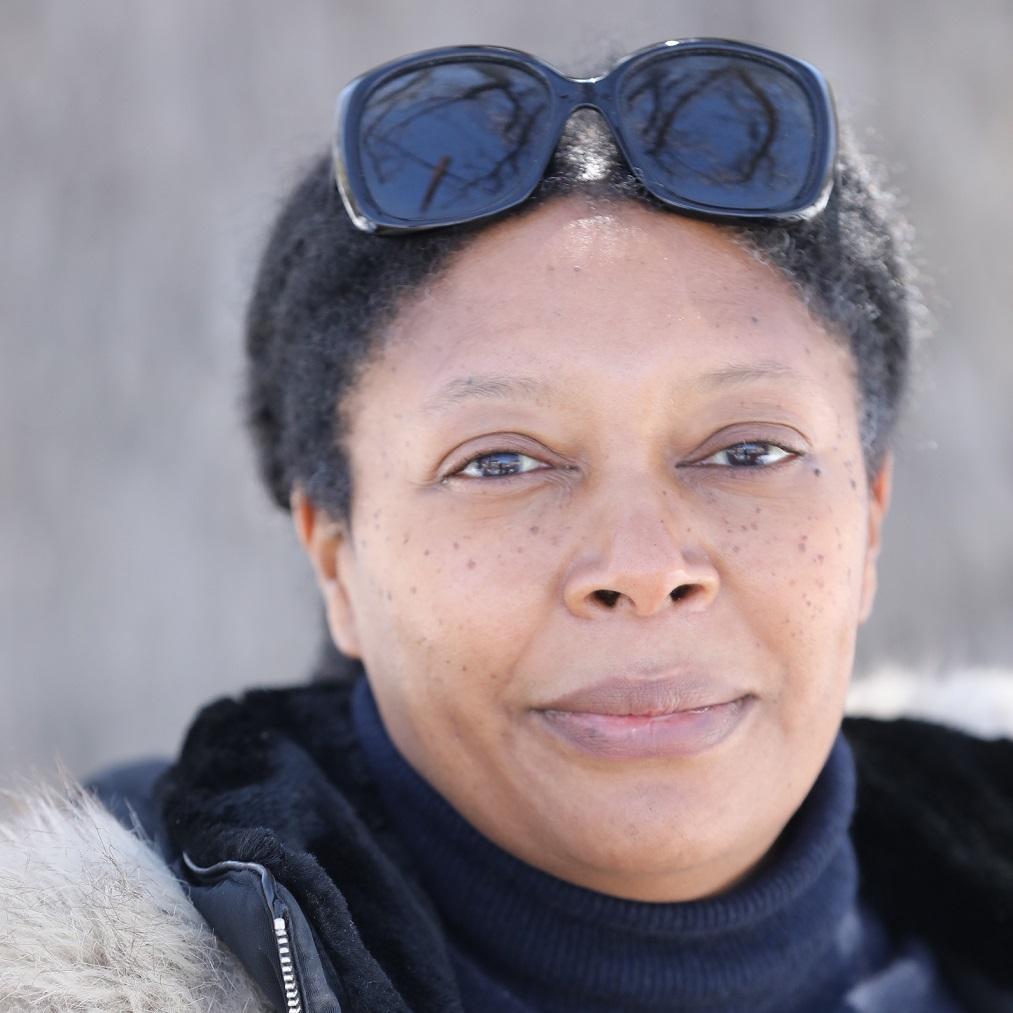
The Denver Performing Arts Complex brought more than $141 million and about 2,500 jobs to the city and county of Denver, according to analysis released Friday.
The city’s cultural agency, Denver Arts & Venues, paid Denver firm BBC Research & Consulting to conduct the study.
Deputy Director Ginger White-Brunetti says this is the first time their agency has commissioned an economic impact study for any of the city-run venues. She says the goal was to quantify the cultural venue’s relevance to Denver.
If people wonder why they should care about the arts complex, White-Brunetti explains, “We can now say, ‘Here’s why these things matter. There is real economic value.’”
Direct and secondary impact
The study breaks the economic impact into two categories.
It attributes $86 million to annual direct spending, which comes from performing companies’ operations and spending by visitors from outside of Denver on lodging, dining, transportation, shopping and other recreational activities.
DPAC businesses and workers then spend their earnings on other goods and services, circulating an estimated $60 million into the Denver economy. The study labels this as “secondary impact.”
More than 781,000 patrons attended cultural events at DPAC in 2013, the report says. About 77 percent of these patrons live outside of Denver county.
White-Brunetti says the study confirms that the complex plays a role in the cultural economy as well as the broader economy.
“The complex is a significant economic generator for downtown, Denver and our region, especially if you look at the number of people that come from outside of Denver,” she says.
DPAC is the second largest performing arts complex in the United States after Lincoln Center for the Performing Arts in New York City.
The 12-acre downtown arts complex consists of 10 performance spaces, including the Ellie Caulkins Opera House, Boettcher Concert Hall and the Temple Hoyne Buell Theatre. It houses four resident performing companies: Colorado Symphony, Colorado Ballet, Denver Center for the Performing Arts and Opera Colorado.
White-Brunetti says the agency has yet to compare the data to other arts complexes across Colorado or the country.
Next steps
Denver Arts & Venues has passed the information on to Mayor Michael B. Hancock’s Executive Leadership Team, an advisory group assembled to discuss the future of DPAC. The team will analyze the study as it works towards the next phase of revisioning the arts complex.
The first monthly meeting was on Nov. 13 and the next is scheduled for Dec. 11. The meetings are currently in what White-Brunetti calls an “investigation phase.”
The committee plans to investigate until March 2015. Then, the city will bring in a planning firm.
The firm and team will work together to create a list of recommendations for the arts complex, which it hopes to present to the mayor by fall 2015.









